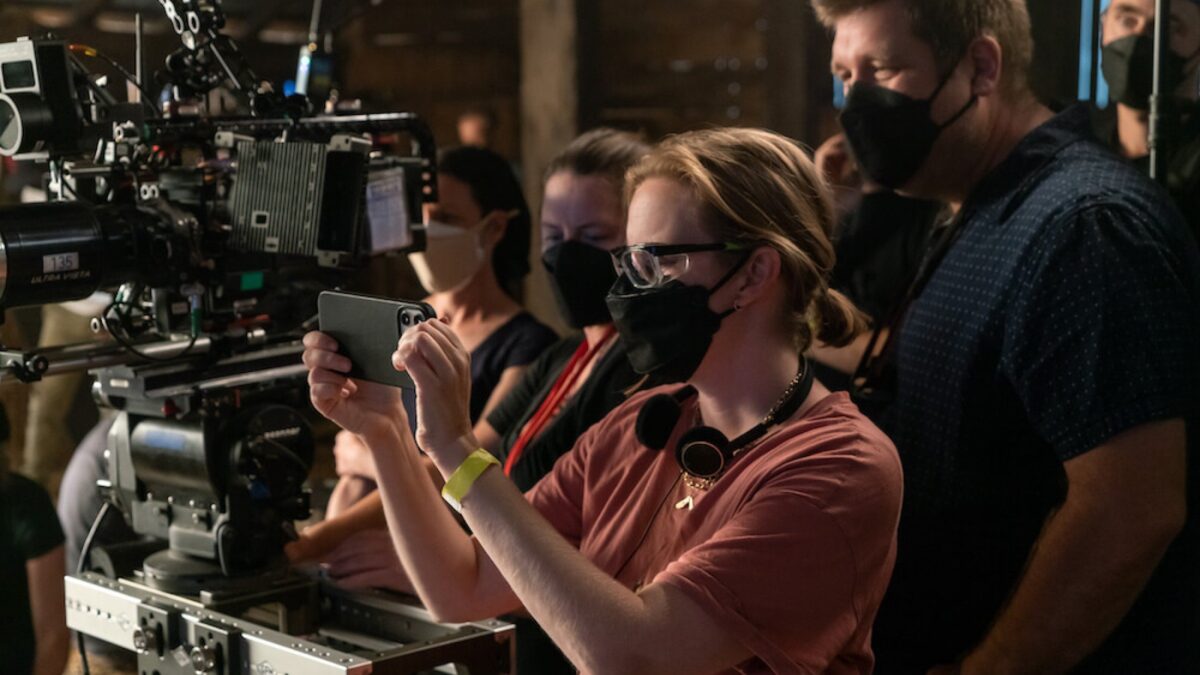
This is the camera and lenses you use to capture a deeply intimate drama like Women Talking.
Director Sarah Polley’s feature, Women Talking, has been highly praised since its debut at the 2022 Telluride Film Festival. Inspired by real-life events that occurred in a remote Mennonite community where women were repeatedly raped by the men in their community, the film sheds a light on the violence women in these communities face and the struggles they endure to face these issues.
Now, the film is nominated for Best Picture and Best Adapted Screenplay Oscars at the 95th Academy Awards. The film’s intimate setting lends itself beautifully to the style of Polley and cinematographer and collaborator Luc Montpellier, CSC.
Although the film was not nominated for Best Cinematography at this year’s Oscars, it is important to look at what made this film’s visual storytelling impactful to its overall narrative power. Panavision sat down with Montpellier to talk about the cameras and lenses used in this Oscar-nominated film and the decision behind those choices.
The Camera and Lenses Used on Women Talking
Montpellier and Polley embraced large-format cinematography to bring the visual style of the heavy burden the women carry onscreen. Using Panavision’s 1.65x-squeeze Ultra Vista anamorphic optics and Millennium DXL2 camera, Montpellier was able to capture the intimate drama’s visual language beautifully.
What drew Polley and Montpellier to the DXL2 camera and the Ultra Vista anamorphic optics was the full scope it provided to a shot without the sharpness associated with digital cinematography.
“The Ultra Vistas provided us with an image that took advantage of the shallow depth of field of large-format photography and the legacy characteristics of Panavision anamorphics,” Montpellier said.
The lenses’ soft edges and their de-squeezed ratio of 2.76:1 on the DXL2 gave the team that aspect ratio they needed to draw the audience into the scene while capturing the elements of a community that reminds us of what is at stake for the women on screen.
The Visual Style of Women Talking
Montpellier revealed that he and Polley decided to embrace the large format because the visual style relied on embracing the precipice of a new world.
“It was important for the imagery in the film to mirror the weight of this seemingly impossible decision,” Montpellier told Panavision. “The desaturated palette and large-format anamorphic photography was intended to provide the gothic imagery necessary to support the idea of unwavering faith, and how the traditions of this colony can be suffocating yet beautiful.”
Although the story itself is full of tension, the visuals emphasize it through the lighting. The shifting light in the scenes often reflected the life-altering decision that the women must make throughout the film. Drawing inspiration from Larry Towell’s Mennonite photography, Montpellier was able to craft a scene that was haunting, full of emotion, and leaves the audience with a chance to explore the emotional landscape of a composition.
Let us know what you think of this film’s choice of camera and lenses in the comments below!














